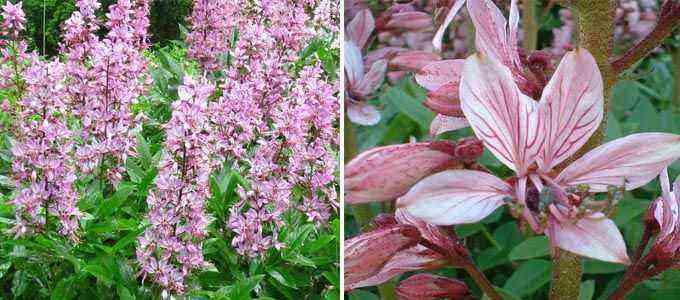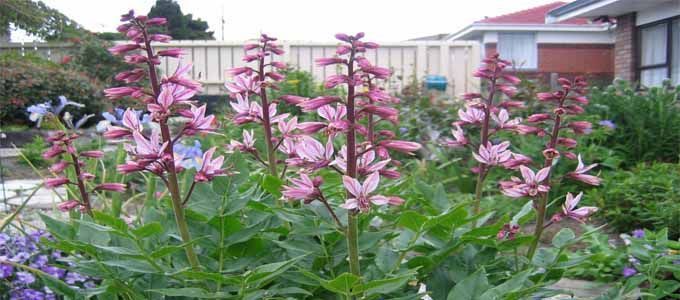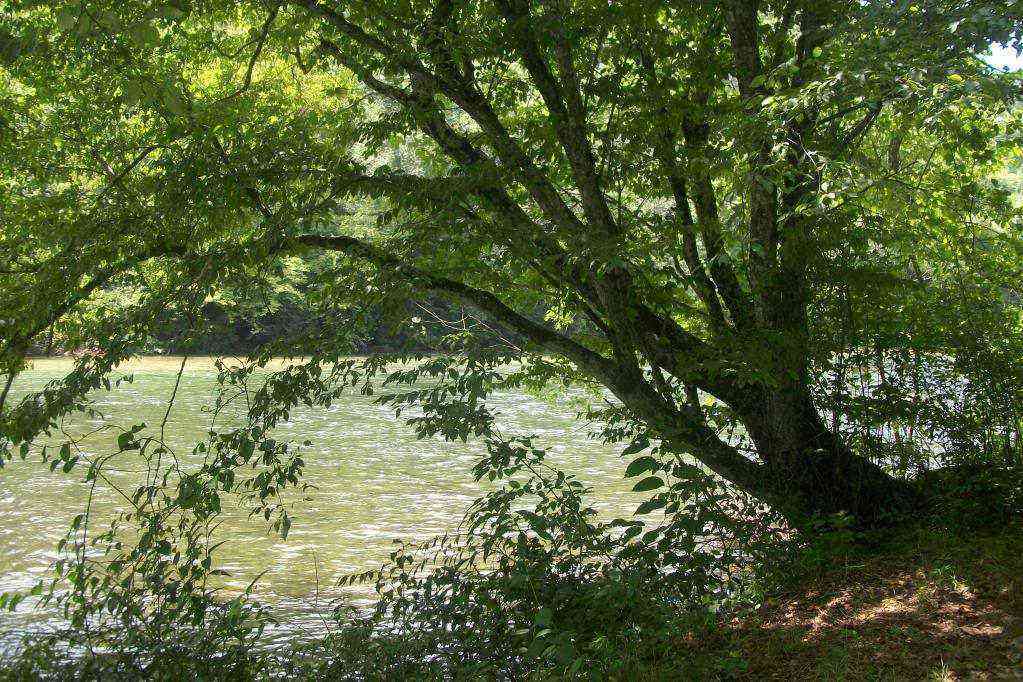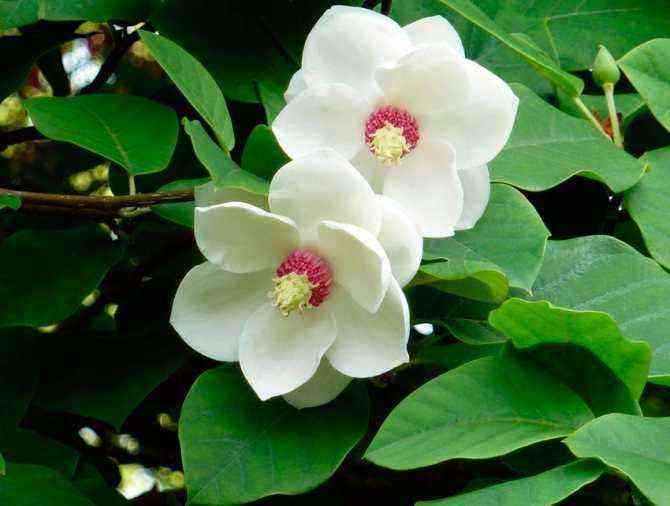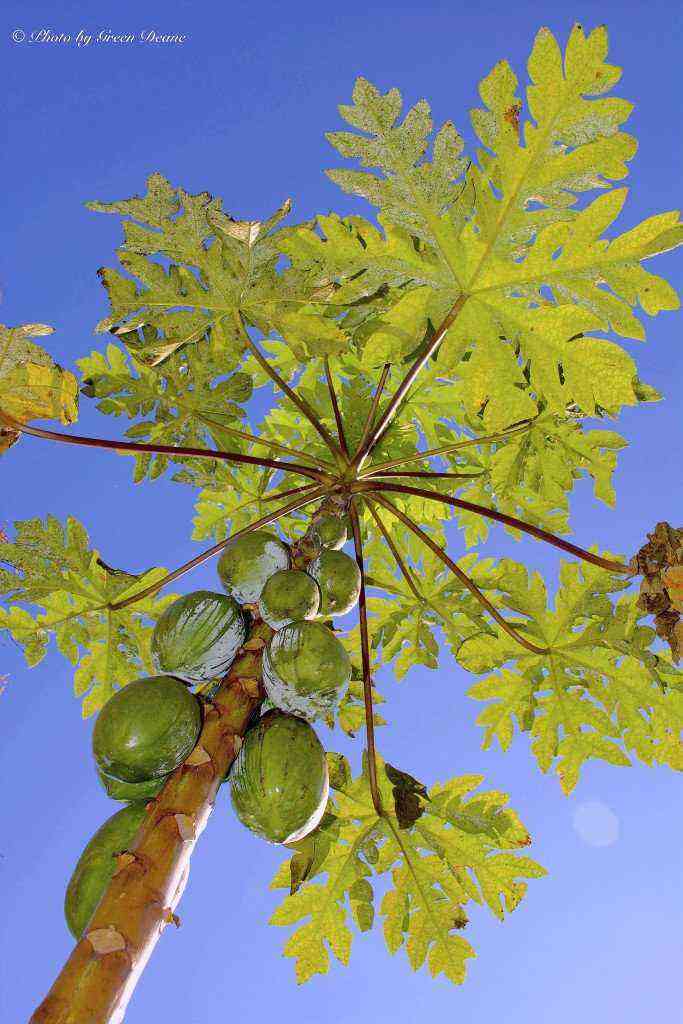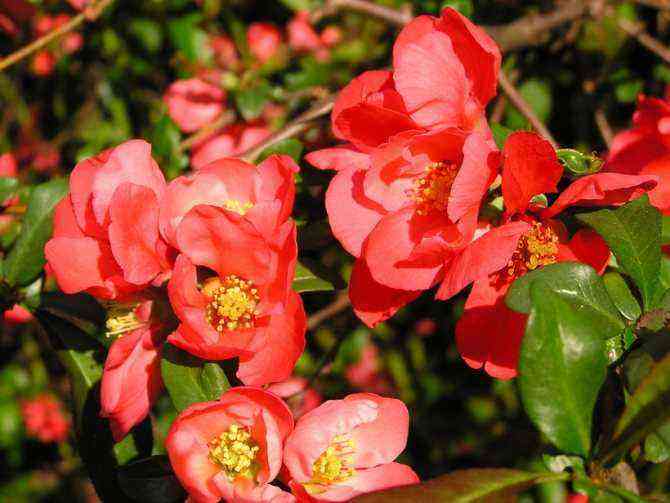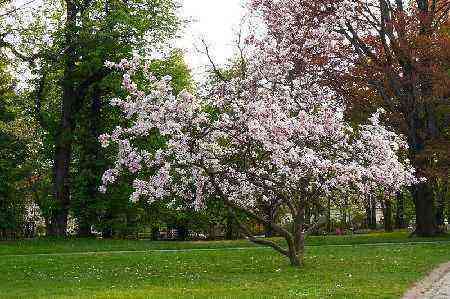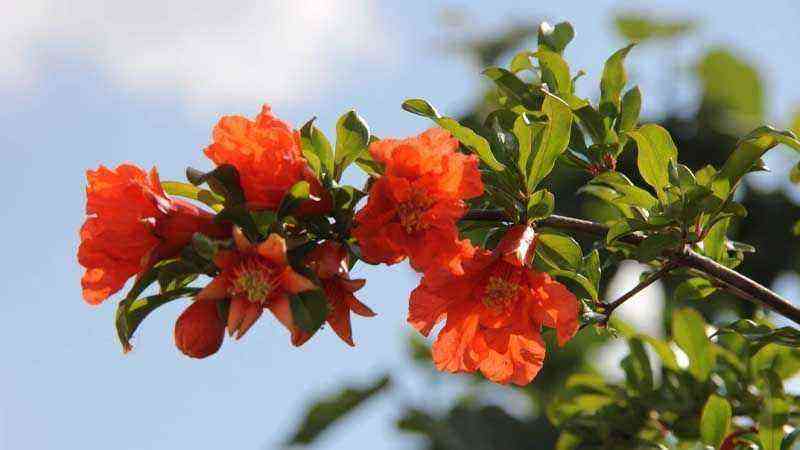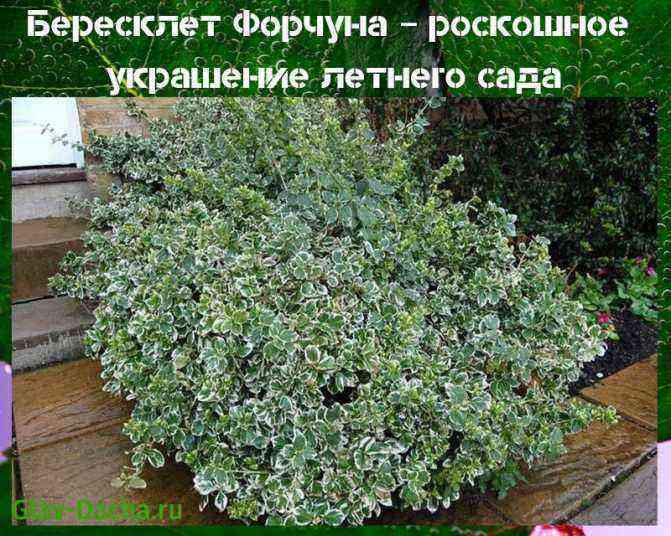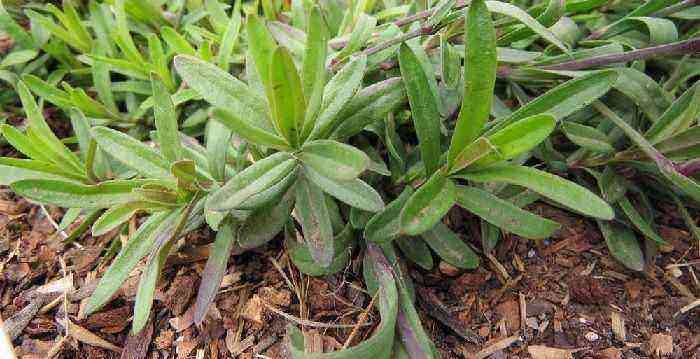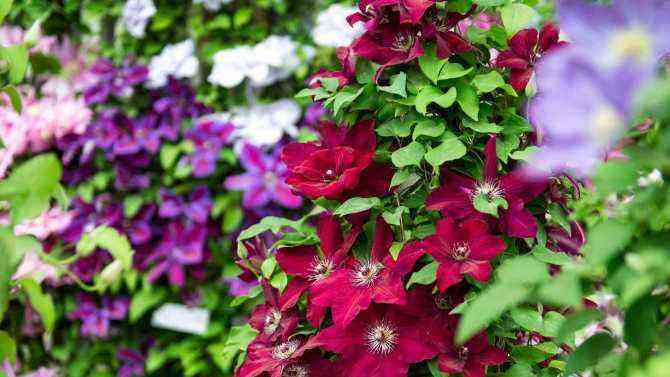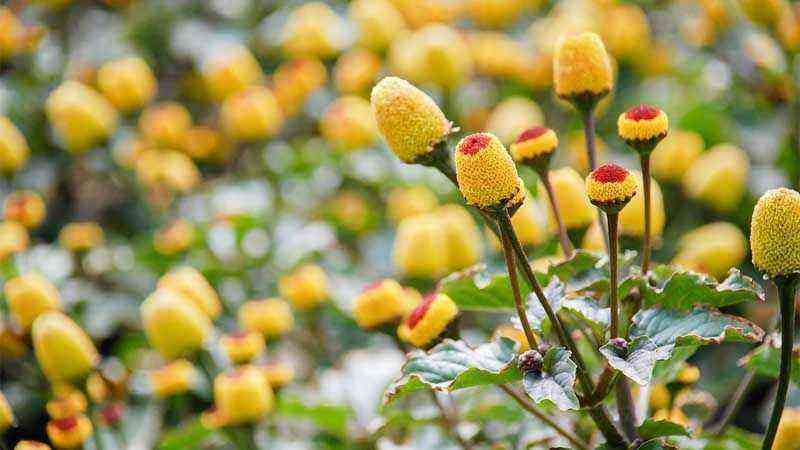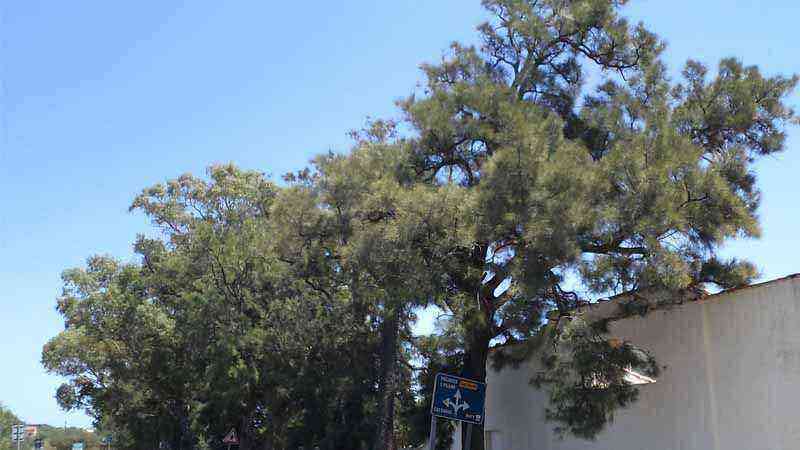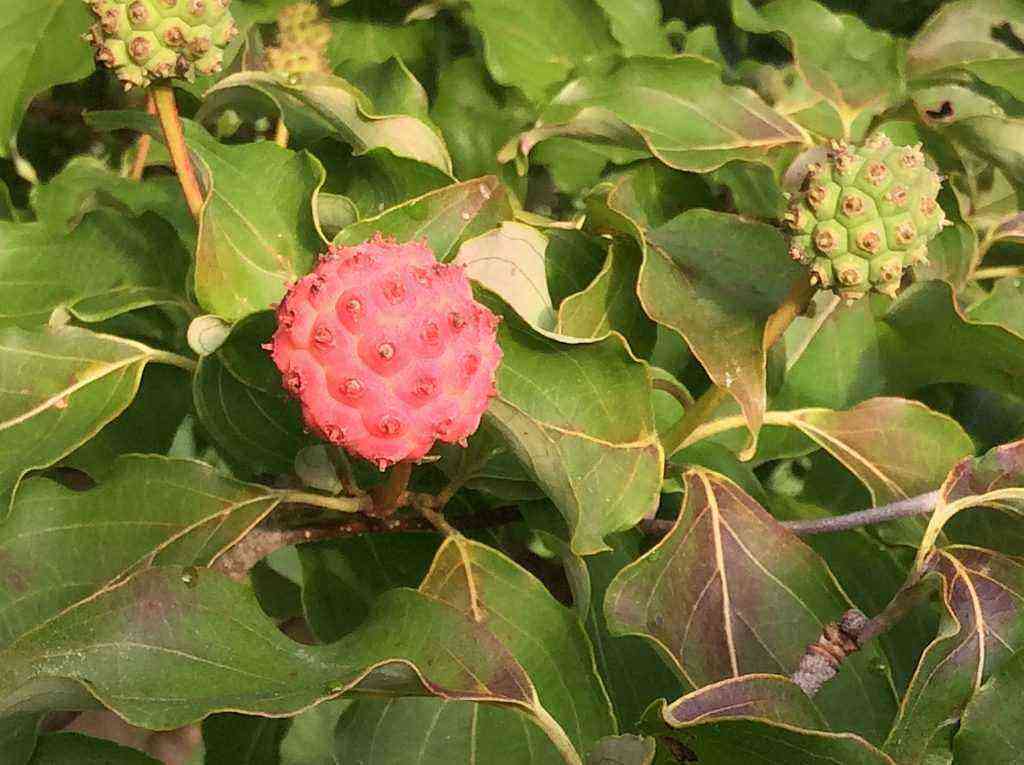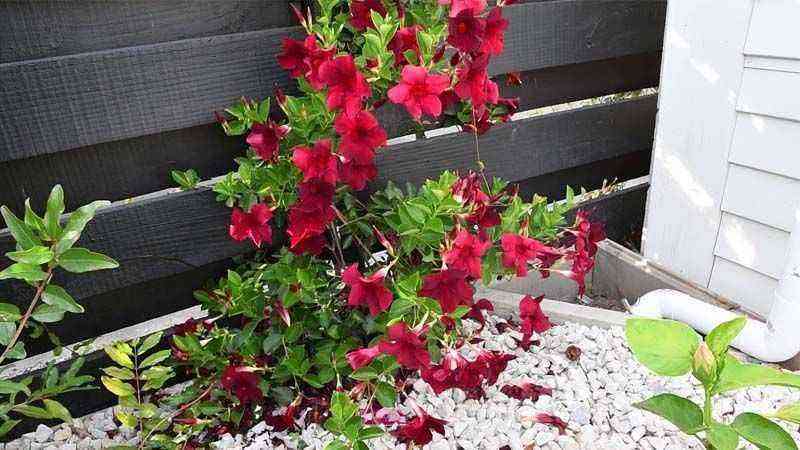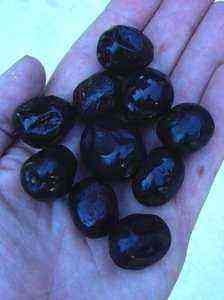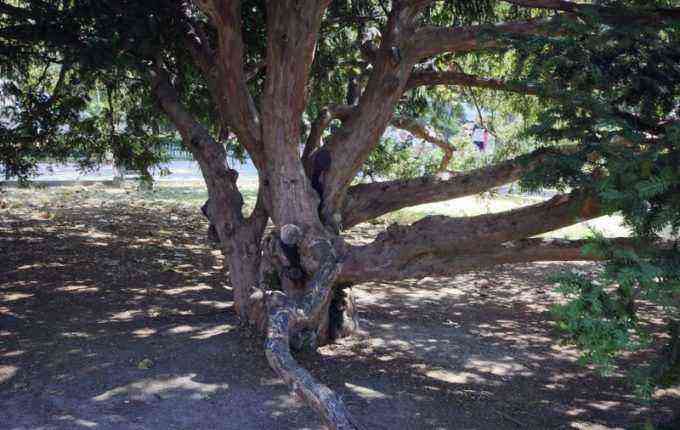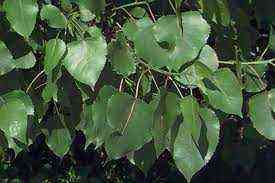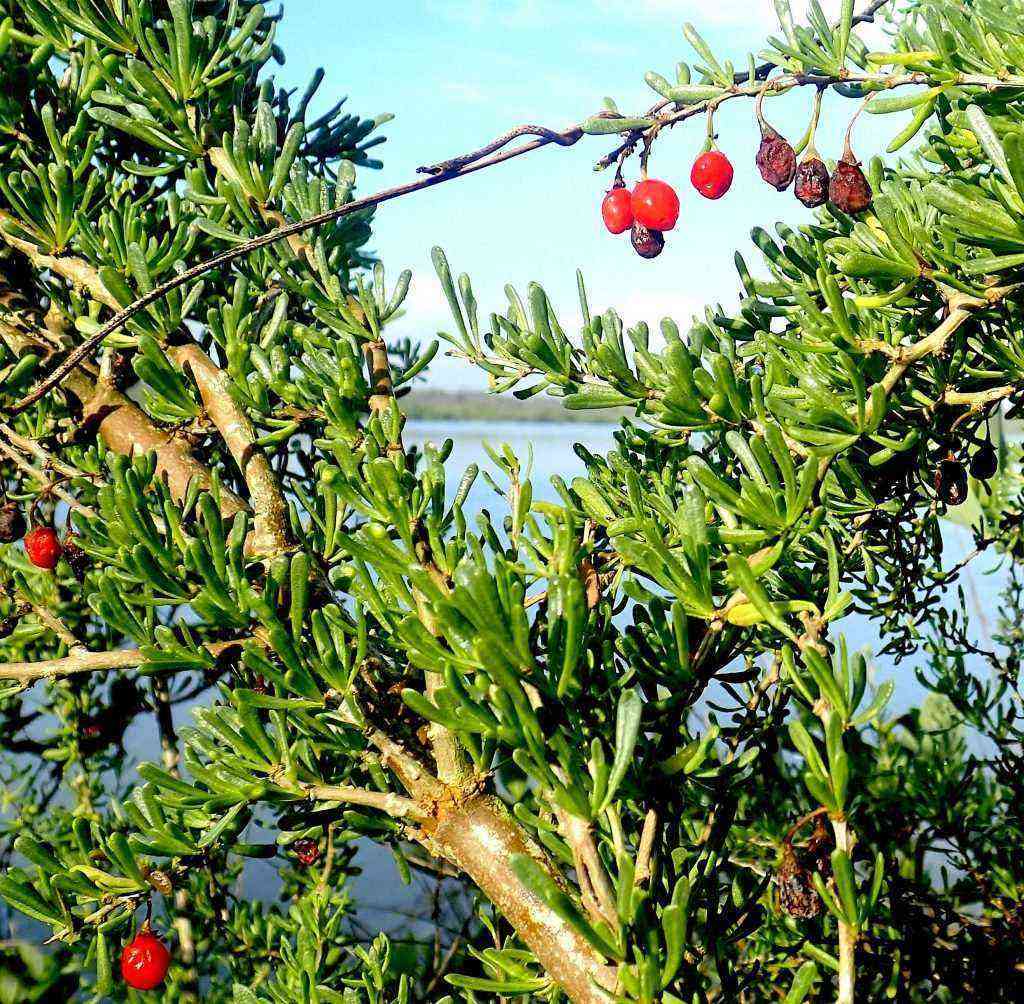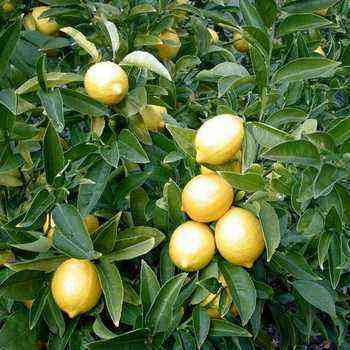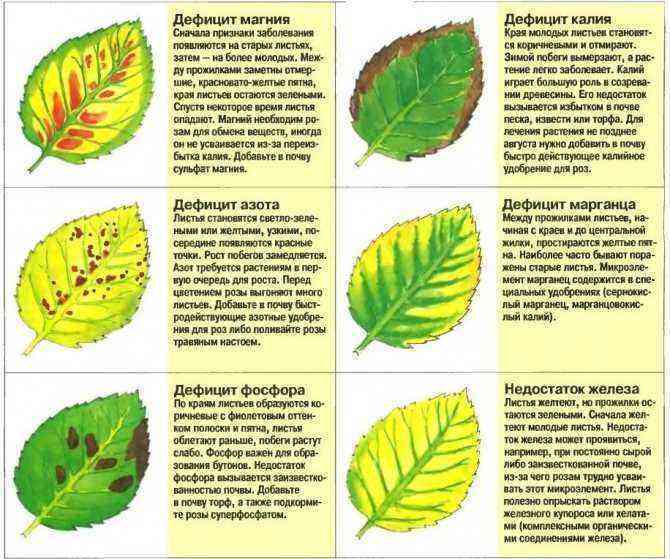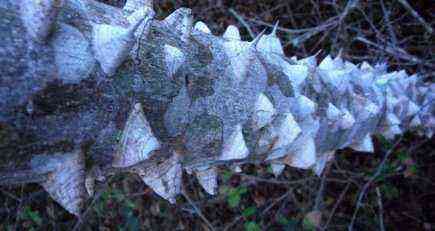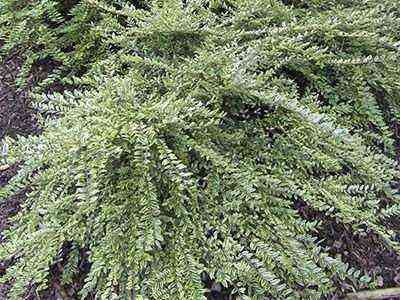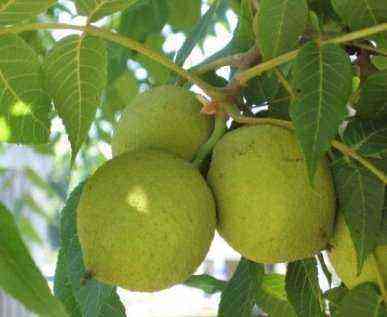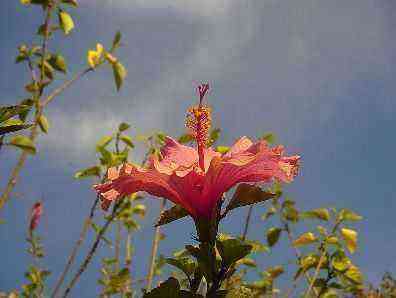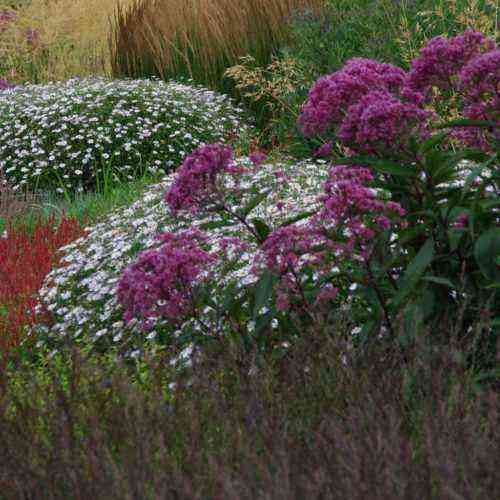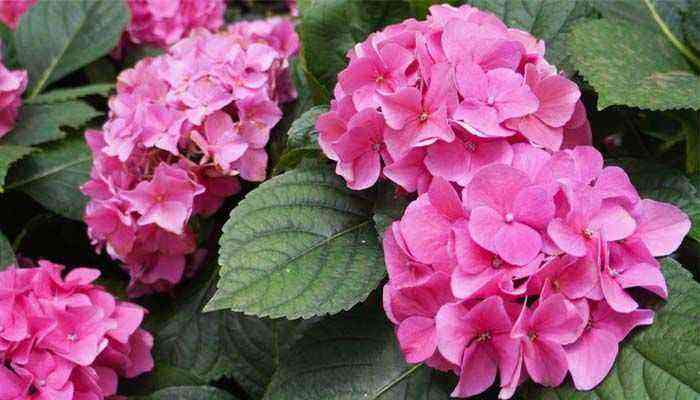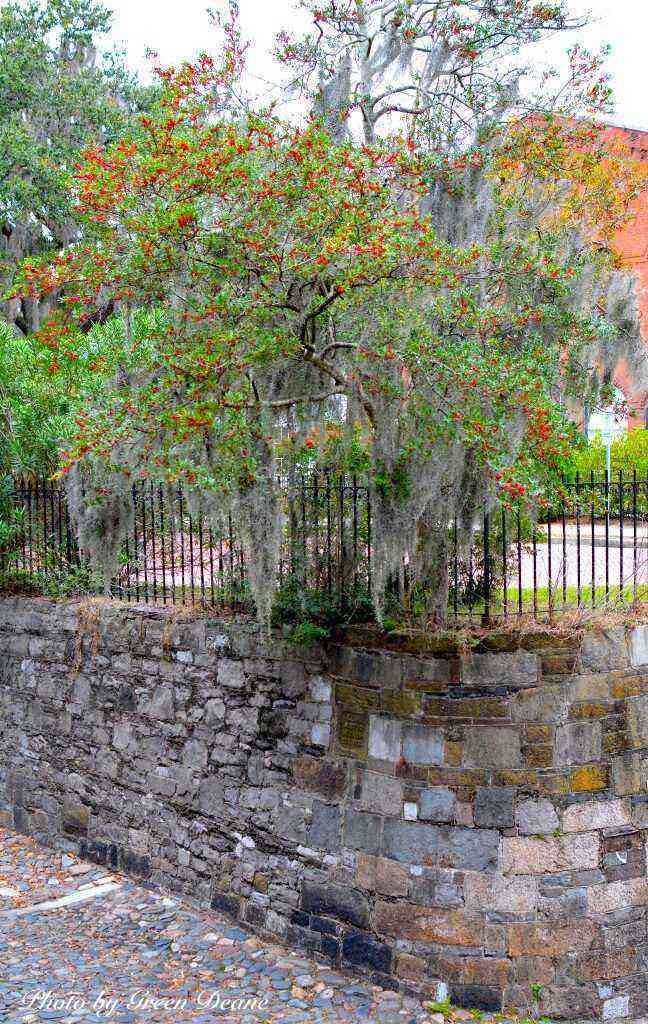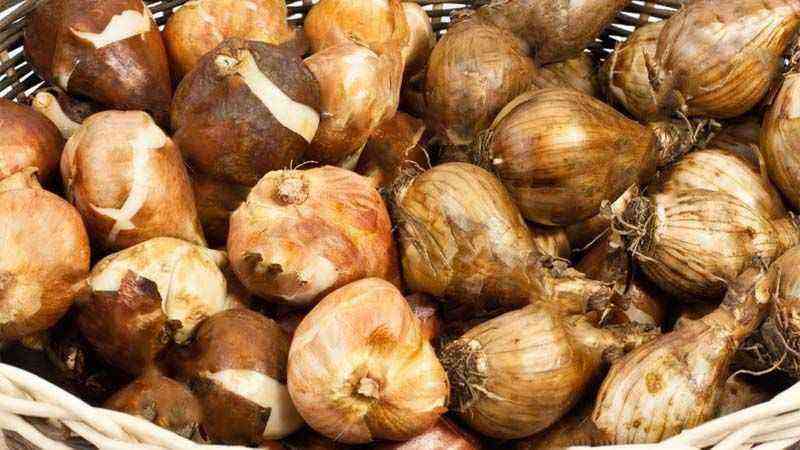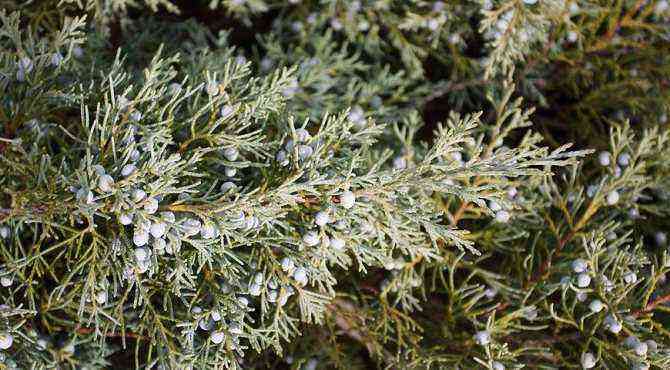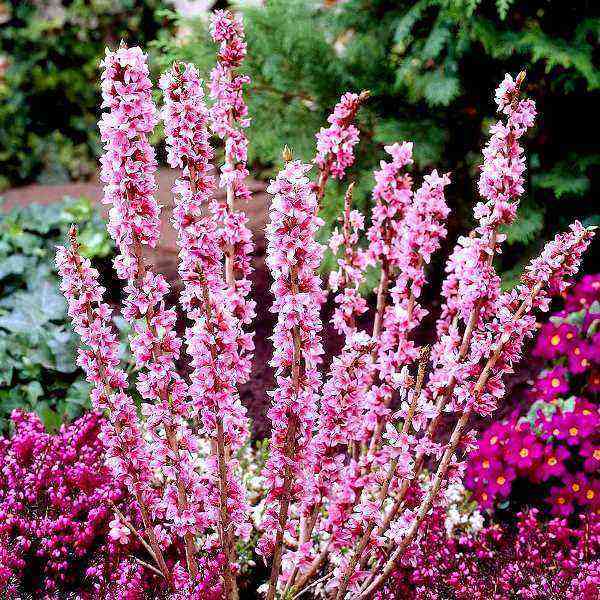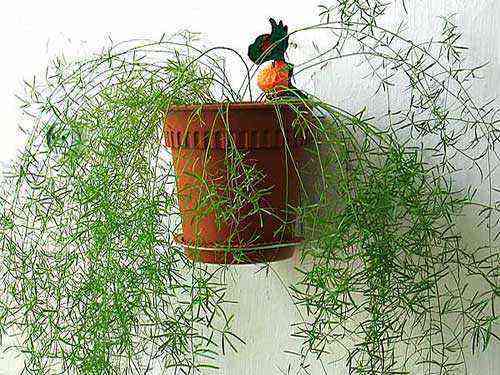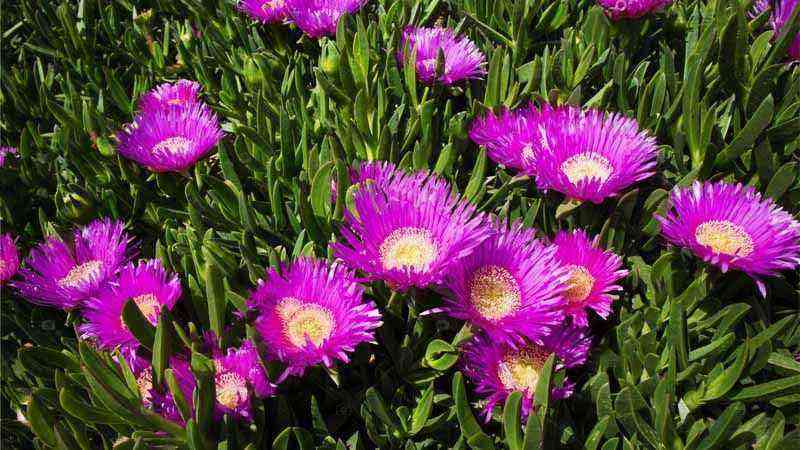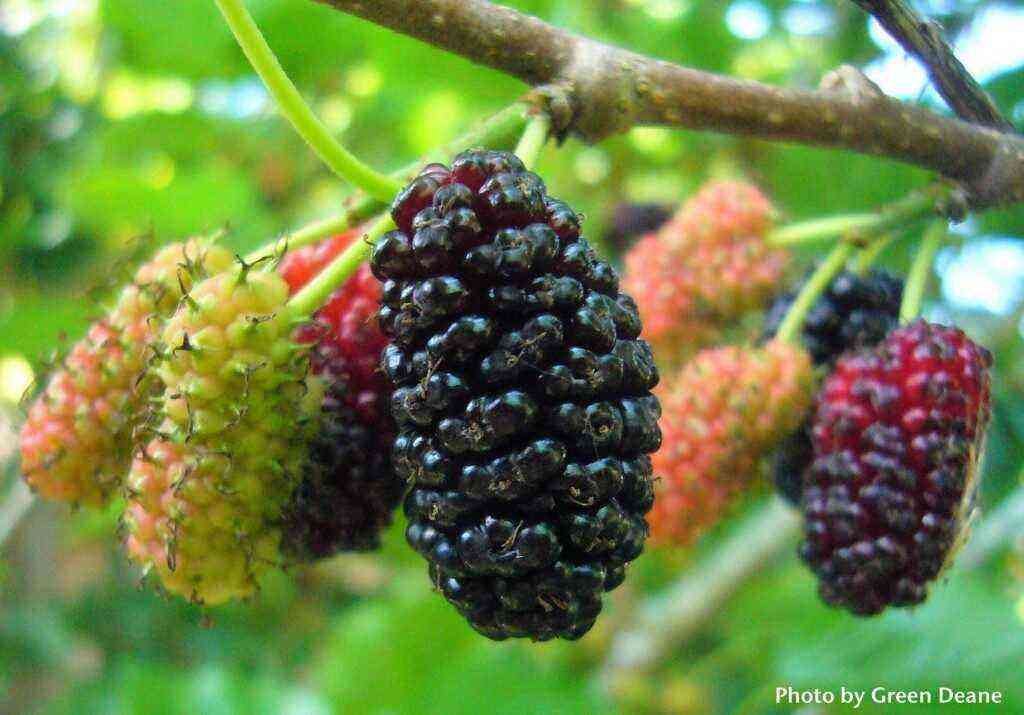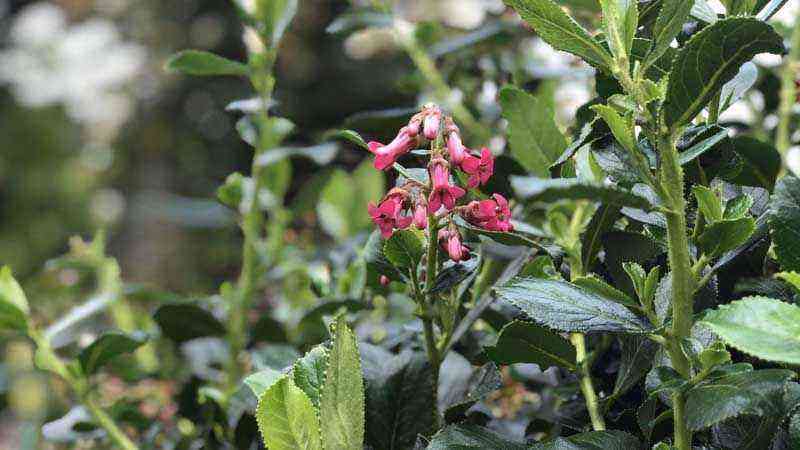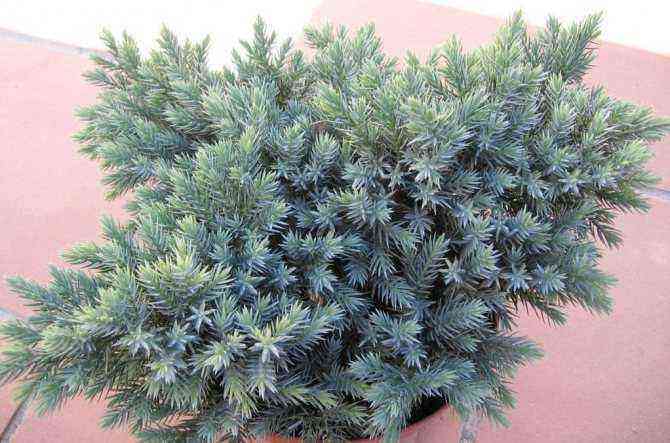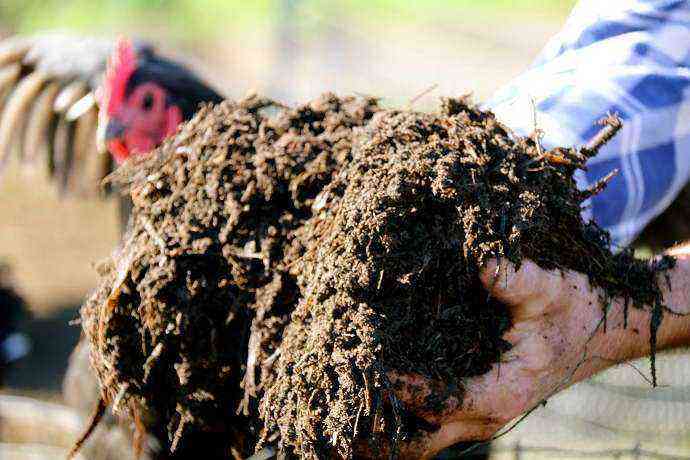Throughout the development of the blog, we have been removing hundreds of striking plants and plant species from nature’s closet. In the case that includes us in this article, we have to dedicate an article to a very particular plant, Dictamnus albus, or as it is commonly called in some areas, the burning bush.
Different aptitudes are attributed to this species, both from an ornamental, gastronomic and medicinal use point of view, which we will gradually unravel.
If we go to other parts, they will also know it as gypsy herb o dictum.
Getting to know Dictamnus albus
The botanical name of Dictamnus albus It is attributed to this botanical species that belongs to the family of the Rutaceae (Rutaceae).
Within this immense family, we find more than 1600 species grouped in 160 different genera. One of the most famous species of this family are all those classified as citrus (lemon, orange, grapefruit, mandarin, etc.), so we already put a face to the Rutaceae and we will know how to classify this family quickly.
Dictamnus albus It has nothing to do in appearance with a citrus fruit, since it is considered, due to its size and height, as a bush.
A perennial herbaceous It tends to easily reach 50 cm in height in cold areas such as Germany, Romania and the northern part of Spain (Pyrenees, Catalonia and Aragon). It can also be found in mountainous groups in Andalusia (Sierra de Cazorla and Segura).
Its leaves, bright green in appearance and with hairs on the back (underside), are grouped in pinnate, where 3 to 6 leaves are born from the same stem.
Its pinkish-colored flowering is quite attractive, so it can be used in gardens in cold areas as an ornamental plant.
Medicinal properties
Since ancient times it was known Dictamnus albus as a medicinal plant. The first mentions of this plant date back to 40-90 AD, where its medicinal properties were similar to those of pennyroyal.
Later, the list of potential health effects was expanded, where it reached its highest consumption in the Middle Ages and was used as a relief in skin wounds and to help remove thorns and pricks (very typical at that time).
In the time of Charlemagne, dittany, as at the time the Dictamnus albus now, it was included in the Capitulare de villis vel curtis imperii or list of plants that should be cultivated in the kingdom.
Active principles:
- Estragol (70%)
- anethole
- D-limoneno
- Furanocumarinas
- Alkaloids derived from anthranilic acid
- Saponósidos.
Proper uses of gypsy herb
- Antispasmodic
- Carminative
- Hypotensive
There are recommendations to reduce blood pressure, with uses similar to pennyroyal.
In the past it was also used to eliminate intestinal parasites and to alleviate digestive problems (such as abdominal spasms).
Cultivation and care of Dictamnus albus
This plant species does not generate additional cultivation problems. It grows well in any type of soil. In fact, it grows spontaneously on stony and high ground, typical of mountain ranges.
A sandy loam is better than a clayey one, especially because of the amount of moisture that the soil can retain.
Cultivated as an ornamental plant, it is recommended before transplanting to incorporate organic matter or compost, especially to satisfy the controlled release of nutrients and improve the temperature and drainage of the soil.
In flowering, you can add an NPK fertilizer containing the three main nutrients, but without overpaying.
There is no over water, since its roots develop well in dry soils. Dictamnus albus It is adapted to areas with low irrigation frequency (such as the mountainous areas of Segura).
It is grown in full sun and is quite resistant to bad weather, except during the flowering period.
Highly resistant to cold, it can tolerate momentary temperatures below -10 ºC (easily achievable in mountainous areas of Germany and Romania, where they grow naturally).
Curiosities of the Dictamnus albus
Do you know why one of its names, especially in northern Europe, is burning bush?
It is due to its composition in phytochemicals, which can become flammable, even with fresh plant parts.
These alcohols can become flammable, as we are going to show you in this video.
